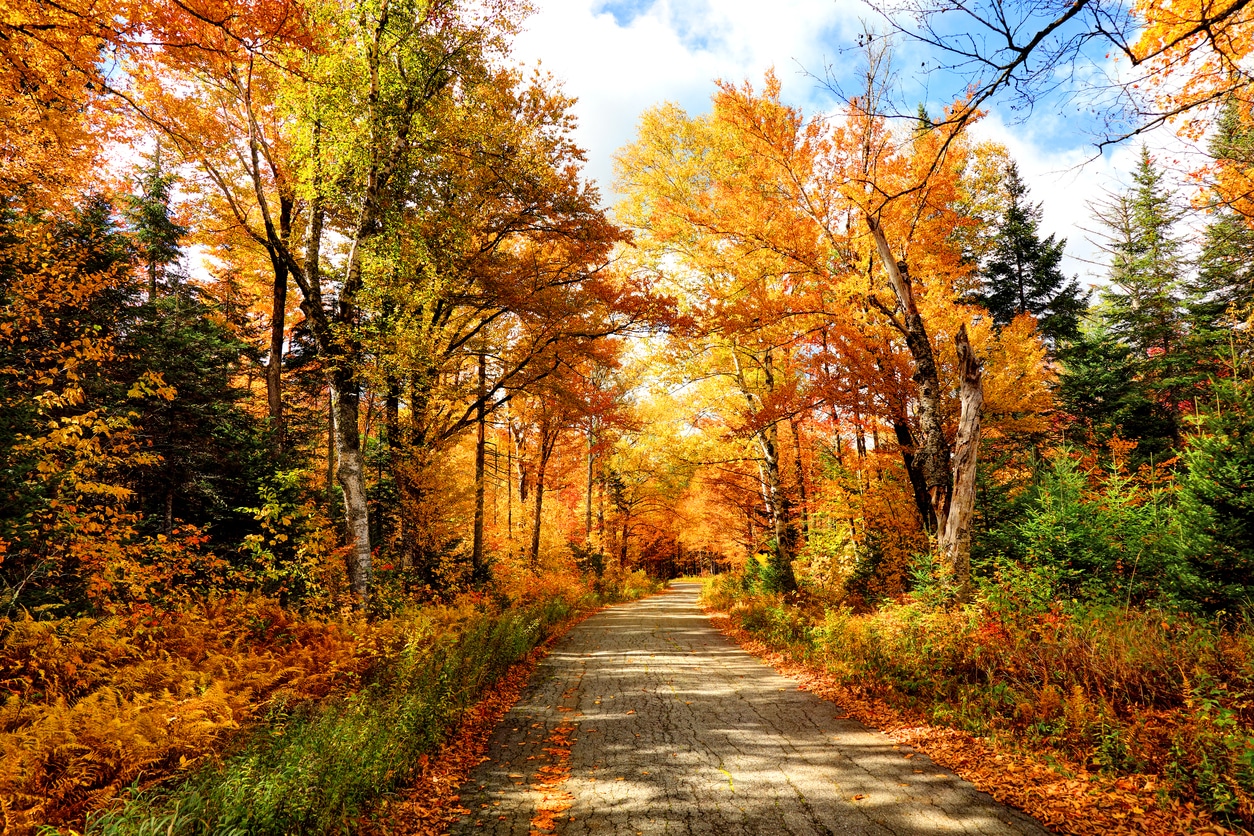It’s almost universally acknowledged that autumn produces some of the most beautiful, colourful natural scenes a budding homeowner can hope for. With a gorgeous array of overlapping colours and textures, it’s not surprising that some of our fondest earlier memories are of crunching through leaves with a cool chill breezing past.
Somewhat intuitively referred to as fall by our North American counterparts, the associated shedding of deciduous leaves can also leave backyards looking like a flecked mess. Novice gardeners could be forgiven for wanting to tidy up, for the sake of presentation.
Appearances are deceptive though. Nature always has a plan, which smart homeowners can use to their advantage. Fallen leaves are delightfully useful for a number of reasons, and before worrying about spending chilly afternoons endlessly raking, take a look at some of the ways you could use them first.
Mulch
Seasoned homeowners are well aware of the benefits of mulching their delicately tended gardens. Mulches are great because they:
- help your soil retain moisture
- keep plants warm during chillier months
- prevent pesky weeds from growing and even sprouting.
You could spend time, effort and money sourcing mulch from a nearby depot, or you could take advantage of some of the finest organic mulch nature has to offer, currently lounging in your backyard.
Collect leaves into a small, flat pile, and using a lawnmower shred your leaves down to finer, coin sized pieces. Once done, spread mulch evenly across the base of your plants and garden beds, in a 4cm to 6cm layer. Be careful not to concentrate it too much in case of suffocation.
It’s advised to use drier, thinner leaves as they produce much more effective mulches. These leaves will still allow moisture to trickle down to the soil, and will also break down faster, imparting helpful nutrients back into the earth.
Compost
Keep the lawnmower on site, because it’s handy again here. Compost can use any organic, decomposed material, and leaves are no exception. Producing your own homemade compost is an environmentally friendly way of getting an effective, cheap fertiliser and pesticide.
This will again require shredding any leaves into smaller, manageable pieces. Along with other organic household waste, insert it into your home composting system, and allow worms the worms to get to work. Remember to check in every once in a while, turning the compost regularly. After the winter sets and your compost is a deep brown with a crumbly texture, your compost is ready to go.
Alternatively, some community groups will also take donations of your leafy goods; check with your local municipal organisations to see if you could benefit your community!
Leaf Mold
Similar to composting, this produces a surprisingly effective soil conditioner that your garden will love. Leaf mold is simply leafy matter that has decomposed into a crumbly, sweet smelling material.
To do this, simply collect fallen leaves and dump them into a small bin or collection area (bin liners also work!), taking care to occasionally moisten the pile and turn it over. Allow nature to work over the course of a year, and you’re set.
Compost and leaf mold will achieve different things. Compost is great for reintroducing essential nutrients and minerals into the soil and the plants that reside there, whereas leaf mold is primarily there to help soil retain moisture and provides a supportive growing environment.
Leave It
Admittedly, this one is more for the kids, and by no means the simplest. Autumn leaves provide a range of sensory experiences, from touch to sound to colour. It’s probably unsurprising to see kids enjoying playtime in the leaves, happily tossing them and stomping around.
Depending on your presentation preferences, it’s perfectly fine to leave them as they are in your garden, provided they aren’t suffocating anything. They decompose on their own (though you can assist by breaking them down into smaller parts), and add a lovely visual flourish to any back garden.
Teaching Tool
Beyond just play, the autumn season presents great opportunities to teach children about the natural world. Leaves can also be used in a number of engaging arts and crafts activities to creatively stimulate children.
Collecting and describing colours, explaining the reasons that leaves fall, and interacting with the leaves will impart a deeper appreciation for nature and the environment. Play and learning are intimately connected, and exploring the nature in your own backyard can be thoroughly reward.
Multipurpose Tools
Lastly, you can store these leaves for later use, and decide what your garden needs later – a fertiliser, a mulch or a soil conditioner? Having extra leaf material on hand is undeniably useful, and will save you a trip to the depot when summer comes rolling around.
Most of these solutions are simple, hassle free and require little effort for incredible results. For more helpful tips and information on maintaining beautiful yards and gardens, get in touch with the experts at Everlast.





